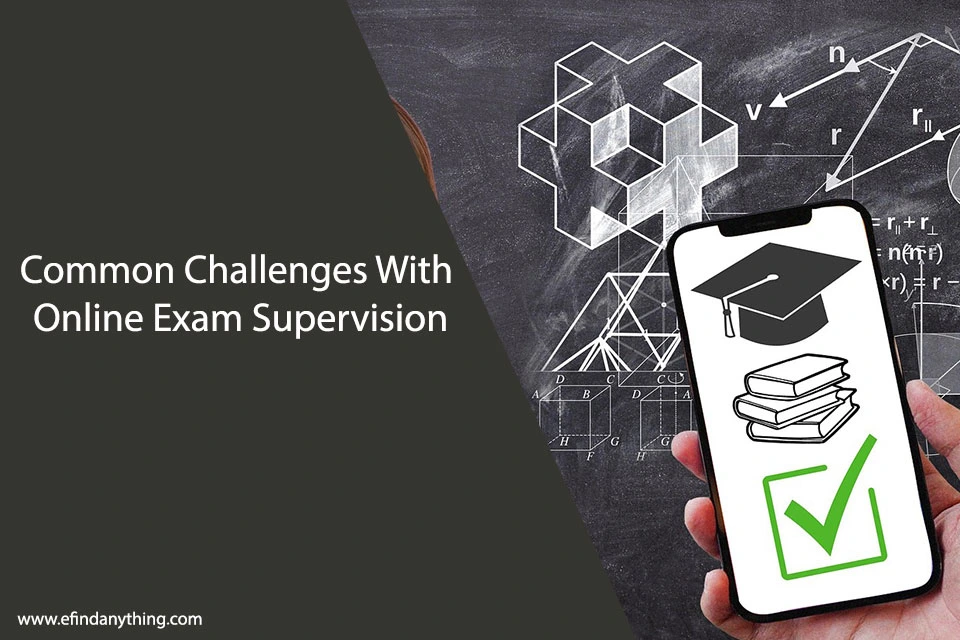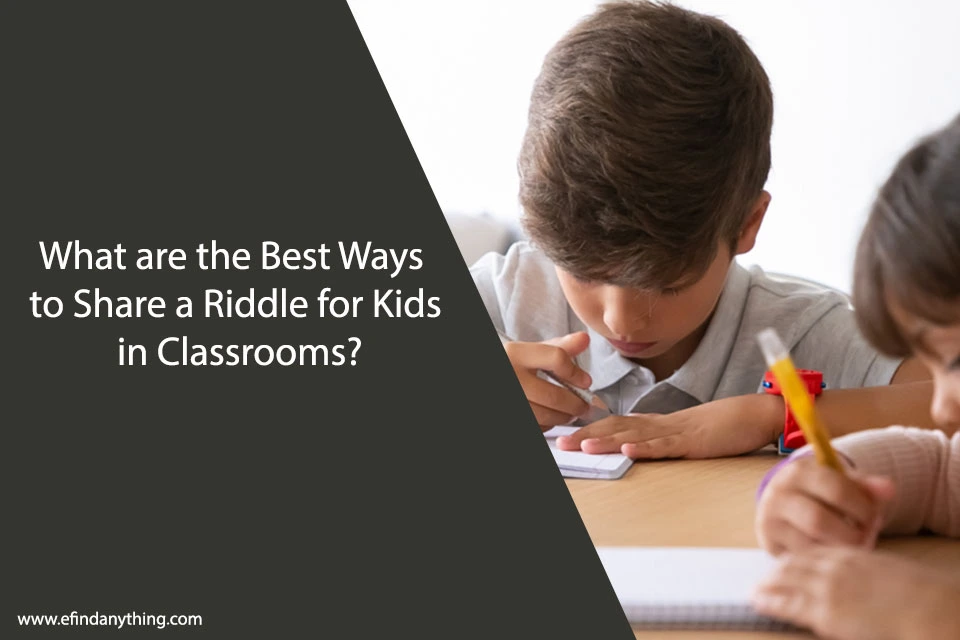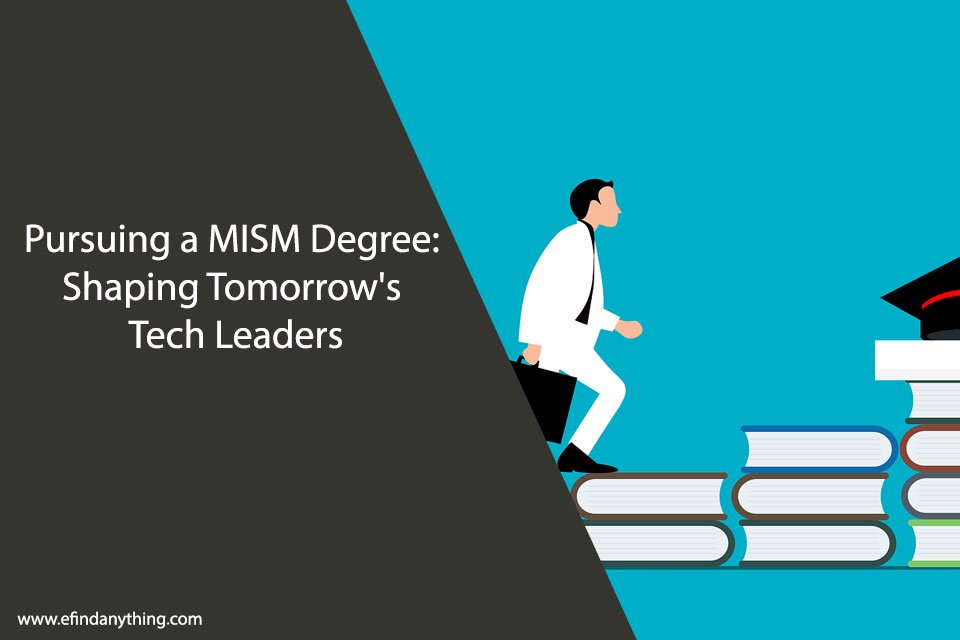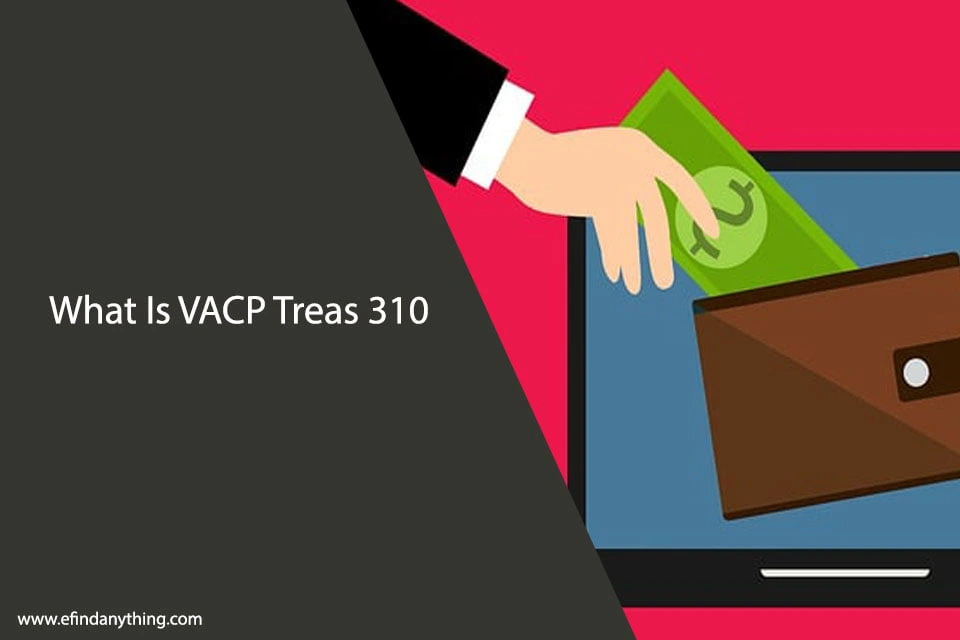
Education is undergoing a massive digital transformation, reshaping how students learn and teachers teach. With the global EdTech market projected to reach $404 billion by 2025, schools are rapidly adopting technologies that were once considered futuristic. Recent global events accelerated this shift, pushing education systems worldwide to embrace digital solutions almost overnight.
What’s fascinating isn’t just the technology itself, but how these tools fundamentally change traditional learning models. From personalized learning paths to immersive virtual experiences, EdTech is creating classroom environments that seemed impossible just a decade ago. As we explore this revolution, one thing becomes clear: we’re witnessing not just an evolution but a complete reimagining of education.
The Evolution of Educational Technology
Educational technology has come a long way from basic tools to sophisticated digital systems. This journey shows how technology has steadily become an essential part of learning environments.
Internet Integration
When schools began connecting to the internet, education truly started changing. Suddenly, information wasn’t limited to textbooks or encyclopedia sets. A math tutor online became accessible to students who previously had no options for additional help outside school hours. This democratization of learning resources created opportunities for personalized support that traditional classrooms couldn’t provide.
The transition from isolated technology experiences to fully integrated digital learning environments set the stage for today’s EdTech revolution, where technology isn’t just an add-on but a fundamental component of the educational experience.
From Chalkboards to Smart Boards
Remember when chalkboards were the height of classroom technology? Those dusty green surfaces have given way to interactive whiteboards that respond to touch, save lessons, and connect to the internet. This shift represents more than just an upgrade in tools—it symbolizes a fundamental change in how information is shared in classrooms.
The Computer Lab Era
The 1980s and 1990s introduced dedicated computer labs in schools. Students would visit these special rooms once a week for computer literacy lessons. While revolutionary at the time, this separated technology from daily learning rather than integrating it.
Transformative EdTech Trends Reshaping Education
Today’s educational technology is creating unprecedented learning experiences through several groundbreaking innovations. These technologies are changing not just how we teach, but fundamentally what’s possible in education.
AI-Powered Personalized Learning
Artificial intelligence is revolutionizing how students learn by creating truly personalized experiences. Unlike traditional one-size-fits-all approaches, AI-driven systems adapt to each student’s needs.
Adaptive learning platforms analyze how students interact with material, identifying knowledge gaps and learning preferences. These systems then adjust lesson difficulty, pacing, and content presentation to match individual needs.
Intelligent tutoring systems offer real-time guidance, mimicking human tutors by providing hints and explanations when students struggle. They can identify misconceptions and offer targeted interventions.
Immersive Learning Experiences
Virtual reality is transporting students to places they could never visit in a traditional classroom. These immersive technologies are making abstract concepts tangible.
VR field trips allow students to explore ancient Rome, walk through rainforests, or travel inside the human body. These experiences create emotional connections to learning material that textbooks simply can’t match.
Augmented reality overlays digital information onto the real world, turning everyday objects into interactive learning tools. A science textbook might come alive with 3D models when viewed through an AR app.
Gamification of Educational Content
Game-based learning has turned education into an engaging adventure that motivates even reluctant learners to participate actively.
Educational games incorporate learning objectives into entertaining experiences, making difficult concepts more approachable. Students solve math problems to advance in a virtual world or learn vocabulary to unlock new game levels.
The cognitive benefits of gamified learning are substantial, with research showing improved retention, engagement, and motivation compared to traditional instruction methods.
These transformative EdTech trends are just the beginning. As technology continues to evolve, the boundaries between traditional and digital learning will blur even further.
The Rise of Connected Classrooms
Today’s classrooms are becoming sophisticated networks where devices, students, and teachers interact seamlessly through technology. This connectivity is transforming learning spaces into dynamic ecosystems that enhance collaboration and engagement.
IoT Integration in Schools
Smart classrooms now feature interconnected devices that create responsive learning environments. These technologies work together to optimize both teaching and learning experiences.
Temperature sensors adjust classroom climate for ideal learning conditions. Smart lighting systems adapt to different learning activities, brightening for focused work and dimming for video presentations.
Connected student devices allow for real-time participation and feedback, giving teachers immediate insights into student understanding rather than waiting for test results.
Cloud-Based Educational Infrastructure
Cloud technologies have become the backbone of modern educational systems, providing unprecedented accessibility and collaboration opportunities.
Collaborative platforms allow students to work together on projects regardless of location. Real-time document editing, virtual whiteboards, and video conferencing create truly borderless classrooms.
Secure data storage solutions protect student information while making it accessible to authorized users. This means student records, assignments, and feedback are available anywhere with an internet connection.
Mobile Learning Revolution
Smartphones and tablets have transformed learning from a location-based activity to something that happens anywhere, anytime.
App-based education delivers bite-sized learning opportunities that students can access during short breaks or while commuting. This microlearning approach fits perfectly with how digital natives consume information.
Mobile devices enable learning to happen beyond school walls, turning everyday situations into educational opportunities. Students can collect data in their communities, document real-world examples of concepts, or access help when struggling with homework.
The connected classroom represents a fundamental shift in how we think about education spaces. No longer limited by physical walls, today’s learning environments extend into the digital realm, creating endless possibilities for teaching and learning.
Digital Tools Transforming Teaching Methods
Modern digital learning tools have revolutionized how teachers deliver instruction and assess student progress. These technologies provide educators with powerful resources that enhance teaching effectiveness.
Learning Management Systems Evolution
Today’s LMS platforms have evolved far beyond simple course websites into comprehensive teaching hubs.
Modern systems integrate everything from attendance tracking to grade books, streamlining administrative tasks so teachers can focus on instruction. They provide analytics dashboards that highlight student engagement patterns and identify potential intervention needs.
API connections allow LMS platforms to work seamlessly with other educational tools, creating unified learning ecosystems rather than fragmented technology experiences.
Assessment Revolution Through Technology
Technology has transformed assessment from a tedious chore into a powerful teaching tool.
AI-powered grading systems can evaluate everything from multiple-choice questions to essays, providing consistent feedback while saving teachers countless hours. These tools identify common misconceptions across a class, helping teachers address them promptly.
Formative assessment platforms give teachers real-time insights into student understanding through quick polls, digital exit tickets, and interactive quizzes. This immediate feedback allows for instructional adjustments during lessons rather than discovering issues too late.
These digital learning tools are empowering teachers to create more engaging, effective, and efficient learning experiences. The technology doesn’t replace good teaching—it amplifies it.
Online Learning Innovations Reshaping Access to Education
The landscape of online learning innovations has evolved dramatically, creating unprecedented access to quality education regardless of geographic location or personal circumstances.
The MOOC Revolution 2.0
Massive Open Online Courses have matured beyond their initial hype into sophisticated learning ecosystems.
Today’s MOOCs have evolved from simple recorded lectures into interactive experiences with peer collaboration, mentorship opportunities, and hands-on projects. Many platforms now offer specialized tracks that align directly with industry needs.
Micro-credentialing has emerged as a powerful way to document skills gained through online learning. These digital badges and certificates provide tangible recognition for completing specific competencies.
Hybrid Learning Models
The lines between online and in-person education continue to blur, creating flexible options that combine the best of both worlds.
Blended approaches integrate digital and physical learning experiences, allowing students to benefit from personal interactions while also accessing online materials at their own pace. This model provides flexibility without sacrificing community.
Flexible attendance options accommodate diverse student needs, from those with health concerns to those balancing work and education. Students might attend some sessions in person while participating virtually in others.
FAQs
How can schools with limited budgets implement meaningful EdTech solutions?
Start small with free or low-cost tools that address specific needs. Seek community partnerships and grants specifically for technology integration. Often, effective implementation depends more on teacher training and strategic planning than on expensive equipment.
What skills do teachers need to effectively integrate technology in classrooms?
Beyond basic digital literacy, teachers need adaptability, critical evaluation skills for choosing appropriate tools, instructional design knowledge, and troubleshooting abilities. Professional learning networks help educators continuously develop their tech integration approaches.
How is EdTech changing assessment methods and student evaluation?
EdTech enables more frequent, low-stakes assessments that provide immediate feedback. Data analytics helps identify learning gaps earlier. Technology also facilitates authentic assessment through digital portfolios, project documentation, and real-world problem solving that traditional tests can’t measure.
The Evolving Educational Landscape
The rise of educational technology represents more than just new tools—it signals a fundamental reimagining of how learning happens. As we’ve seen, technology in classrooms is breaking down barriers, personalizing education, and creating unprecedented opportunities for students worldwide.
The most successful implementations balance innovation with sound pedagogical principles. When technology serves learning goals rather than driving them, the results can be transformative. The future classroom won’t just be digitized—it will be reimagined around the unique capabilities that EdTech trends make possible. The question isn’t whether technology belongs in education, but how we can harness its potential to create learning environments that truly prepare students for tomorrow’s world.











